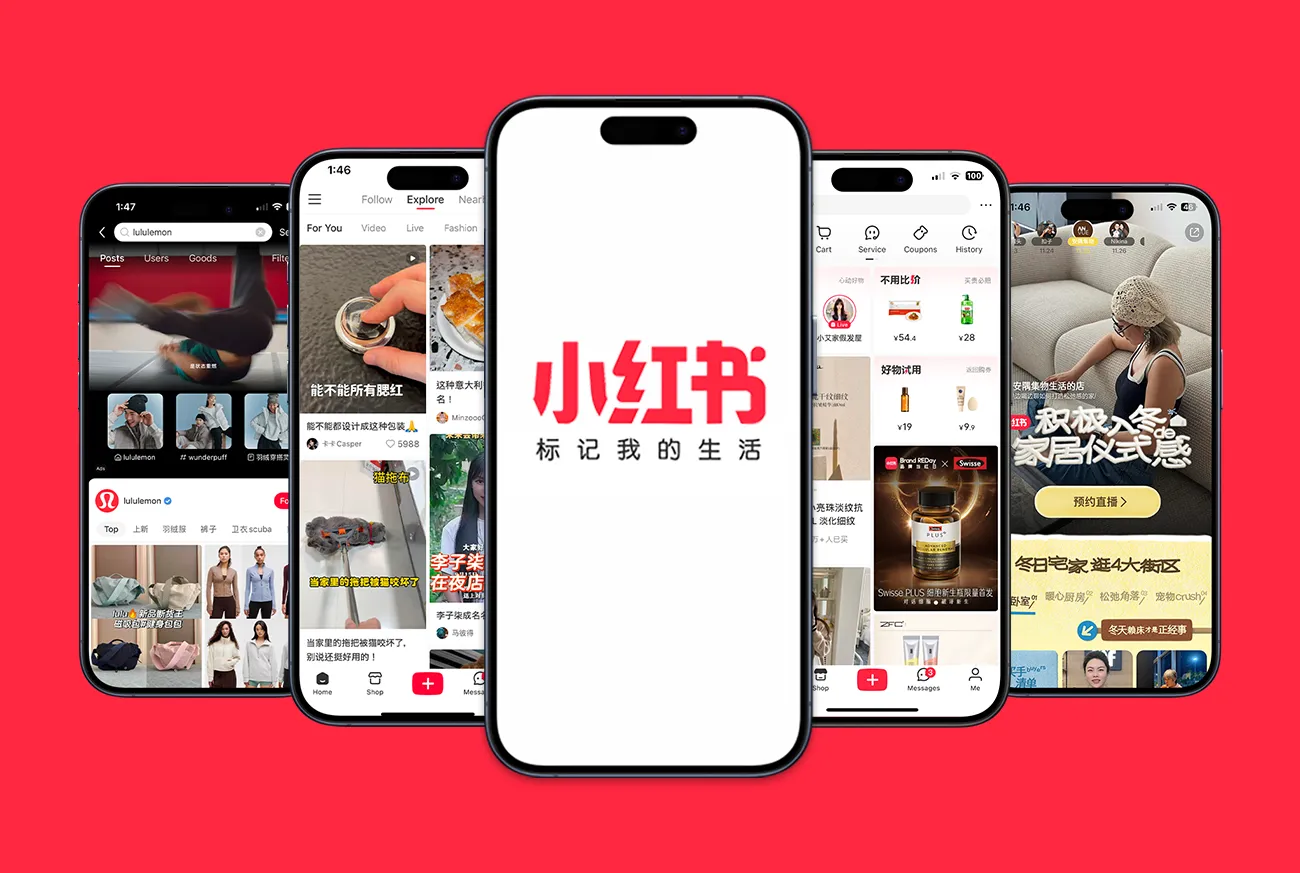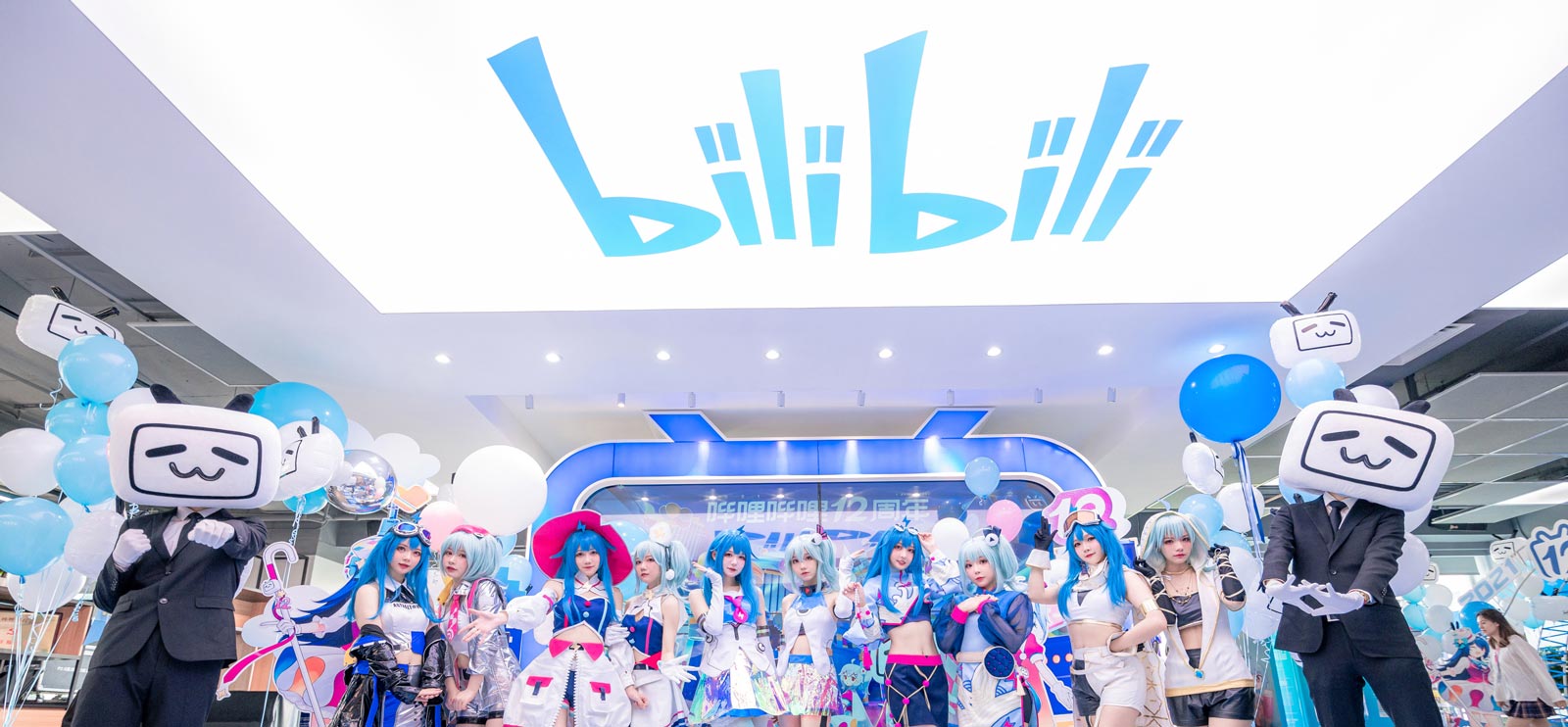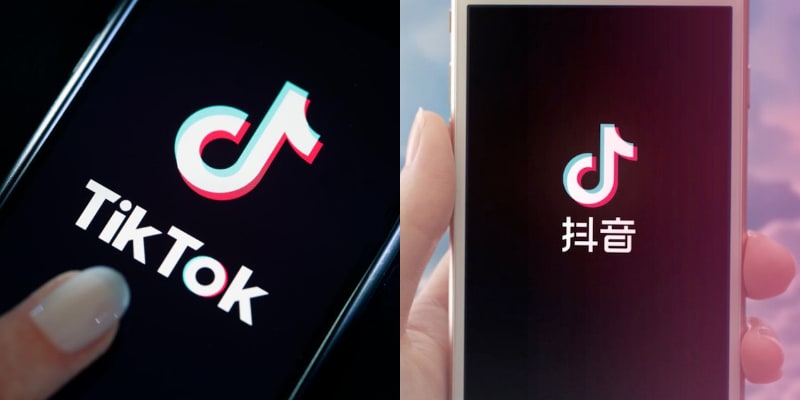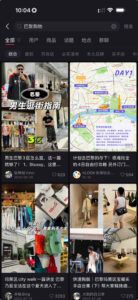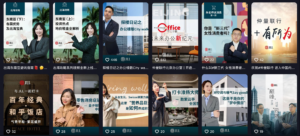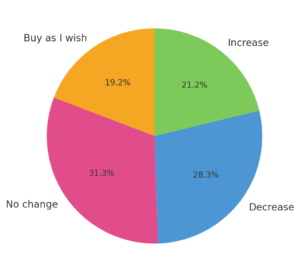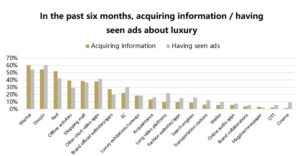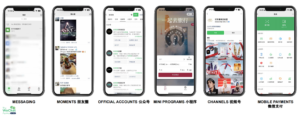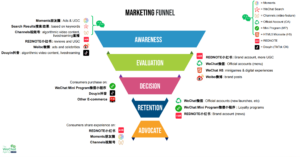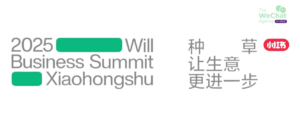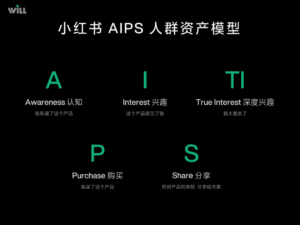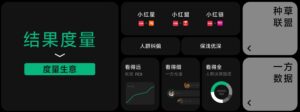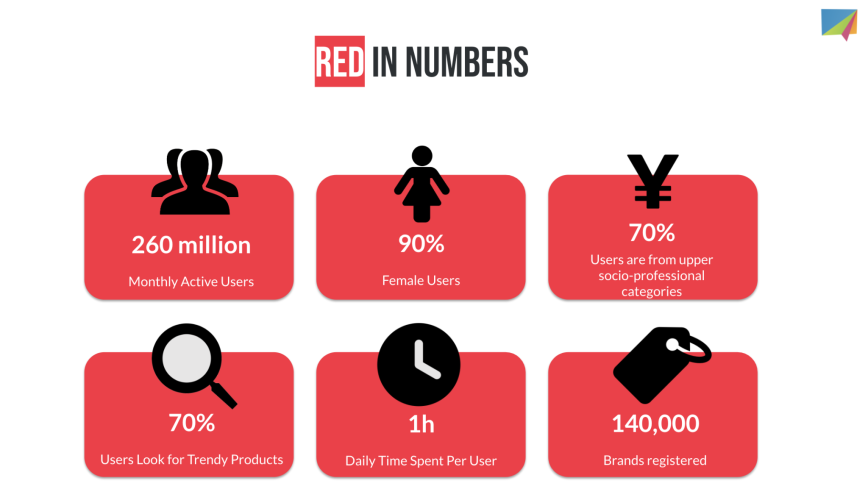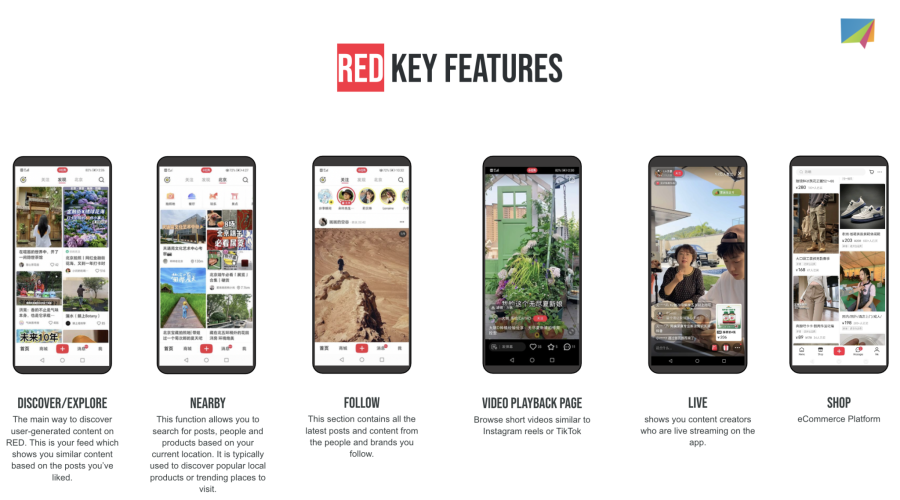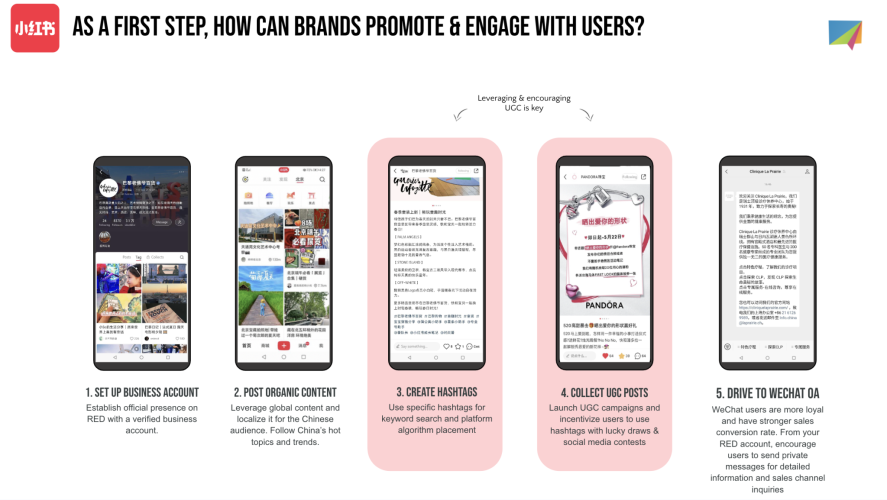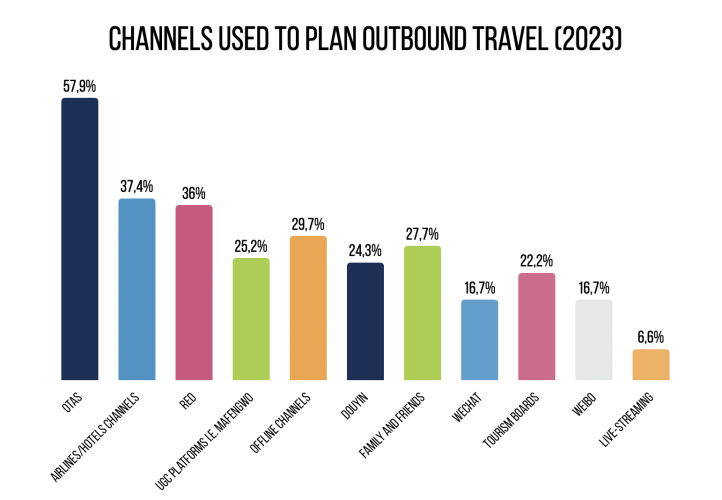When it comes to B2B digital marketing in China, most brands focus on platforms like WeChat. However, many overlook a powerful yet cost-effective asset that can significantly boost brand visibility, credibility, and SEO performance—Baidu Baike (百度百科).
What Is Baidu Baike?
Baidu Baike is China’s equivalent of Wikipedia, but it’s more than just an online encyclopedia. With nearly 300 million monthly homepage views and even more traffic from Baidu Search, Baidu Baike plays a crucial role in shaping brand perception and supporting search-driven research in China.
For B2B marketers, a well-maintained Baike page serves as an authoritative digital asset, offering Chinese professionals a credible first touchpoint when researching potential partners, vendors, or service providers.
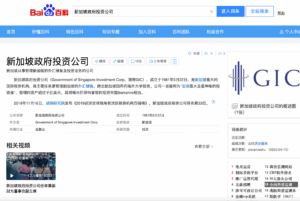
GIC’s official Baidu Baike page serves as a strong example of how foreign organizations can build credibility and improve search visibility in China.
Why Baidu Baike Matters for B2B Marketing
-
Search Visibility: Baidu Baike entries rank highly on Baidu, improving your organic SEO performance.
-
Credibility Boost: A professional Baike page adds legitimacy and positions your brand as a trusted source of information.
-
Lead Generation Support: It helps prospective clients or partners validate your business before making contact.
-
Content Ecosystem Integration: Baidu Baike links seamlessly with other Baidu properties like Zhidao, Baijiahao, and Tieba.
How to Create a Baidu Baike Entry in 2025
-
Register a Baidu Account
-
Required for submission. You’ll need a verified Baidu account, typically with a Chinese phone number.
-
-
Check for Existing Entries
-
Search your brand in Baike to ensure no duplicate entries exist.
-
-
Draft a Structured Entry
-
Include your company’s history, services, milestones, and leadership details in simplified Chinese.
-
-
Cite Reliable Sources
-
Reference Chinese-language news outlets, government publications, or academic sources to validate your content.
-
-
Submit for Review
-
Baidu’s editorial team will review and approve your entry before publishing.
-
5 Proven Strategies to Maximize Baidu Baike’s Value
1. Create a Structured, Professional Entry
Write your page like a Wikipedia article with a clean layout, well-defined sections, and neutral language.
2. Optimize for Baidu Search
Use industry-relevant keywords, highlight your Chinese brand name, and include internal Baike links to related concepts or categories.
3. Leverage Baidu’s Content Ecosystem
Link your Baike page in:
-
Zhidao Q&As
-
Baijiahao articles
-
Tieba forums
-
SEM ads and Baidu Brand Zone
4. Keep Your Entry Updated
Regularly refresh your page with new milestones, product launches, and verified information to maintain credibility.
5. Use Third-Party Mentions as References
Leverage mentions by KOLs, journalists, or platforms like Zhihu as credible references to strengthen your Baike content.
Final Thoughts
As search-driven research continues to dominate B2B buyer behavior in China, Baidu Baike remains one of the most underrated digital assets for foreign brands. Investing in a credible, well-optimized Baike page can help your brand build trust, visibility, and lead generation potential in the world’s largest online market.
Need help with Baidu Baike or your B2B China marketing strategy? Contact us today to learn more.
